
sandmarg Chart of Edible Mushrooms
Florida combines a warm, almost winterless climate with abundant rain—basically perfect for many mushroom species. The long, skinny state also stretches so far south that it can support species not usually found in the rest of the United States. For example, there is the Florida fungus (Clathrus cri.

Strange Red Mushrooms / Pods found in Florida Mushroom Hunting and
Ganoderma applanatum. Caps can be 3-30 cm (1-12 in) wide × 5-50 cm (2-20 in) long and up to 10 cm (4 in) thick. New specimens are white but quickly turn a dark reddish-brown as they mature. Their shape is similar to a fan, and these mushrooms grow in a shelf-like formation individually or in groups.

Types Of Edible Mushrooms That Grow In Florida Wsmbmp (2022)
Most mushrooms require a temperature range between 60°F and 75°F to germinate and grow. However, some species are more tolerant of hotter or cooler temperatures. For example, the oyster mushroom thrives in warmer temperatures up to 85°F, while the shiitake mushroom prefers cooler temperatures around 50°F.

Florida mushroom ID Help Appreciated Mushroom Hunting and
Edible Mushrooms - The best way to identify a Florida mushroom you can eat is to start with the indigo milk cap, Lactarius indigo, which is a blue mushroom species_. Pluck the mushroom from the ground, turn it over and run the tip of a pocketknife perpendicular to its fluted gills or ridges close to the mushroom's stalk.
FileMushroomIMG 3304.JPG Wikipedia
With over 14,000 edible and non-edible species in the country, some mushrooms can cause death when eaten. If you're uncertain, compare the foraged mushroom with pictures online, check the images against those in a Florida mushroom book, or take the mushroom to a professional for identification.
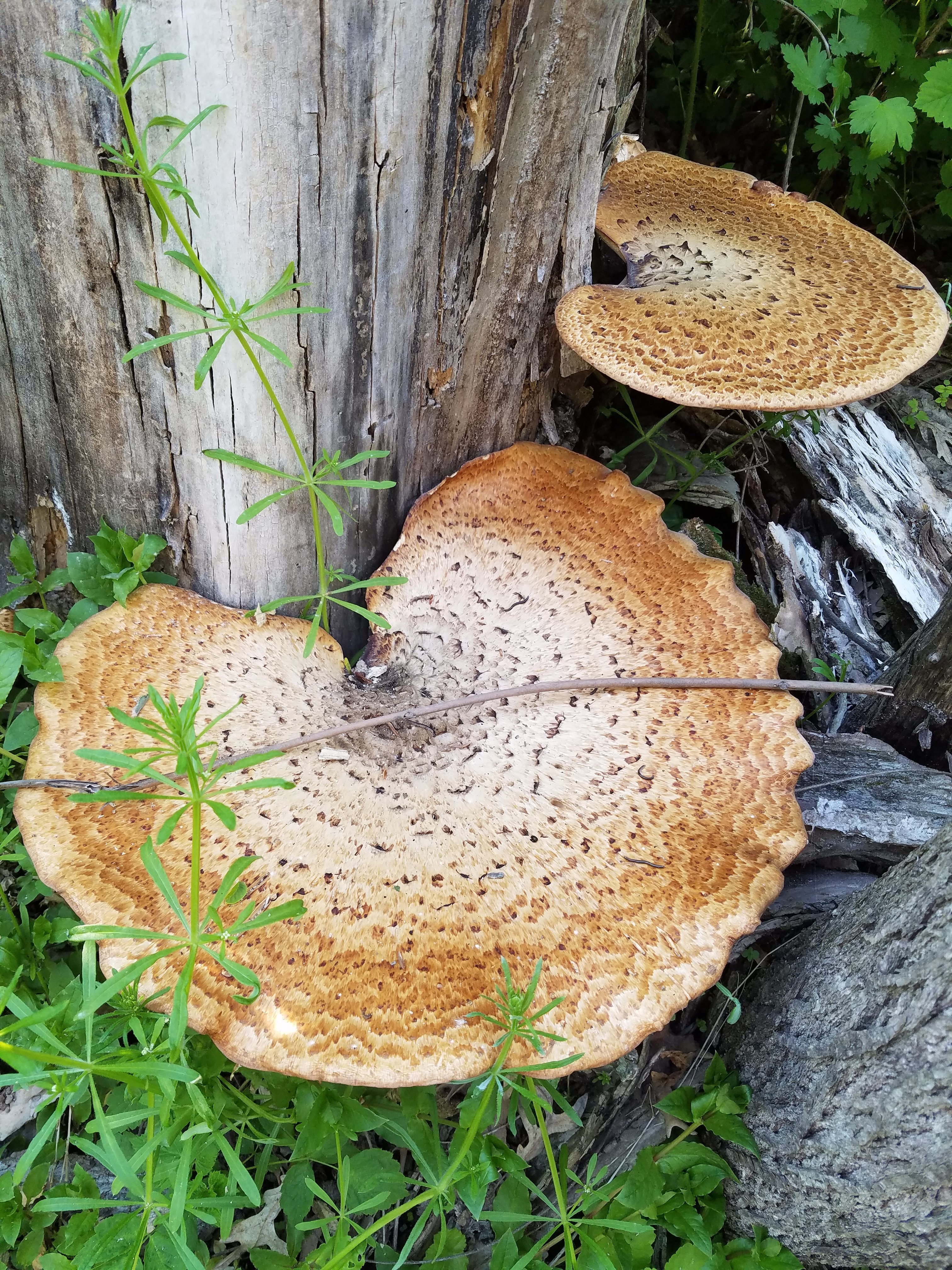
Mushroom identification General Discussion Forum InDepth Outdoors
Mushrooms growing on the roots of trees is a bad sign. This indicates the roots are decaying and the tree will soon become (or already is) unsafe. On the doorstep of autumn, the weather is making its seasonal change in north Florida. It has been a bit cooler in the mornings, but the afternoons still qualify as hot.
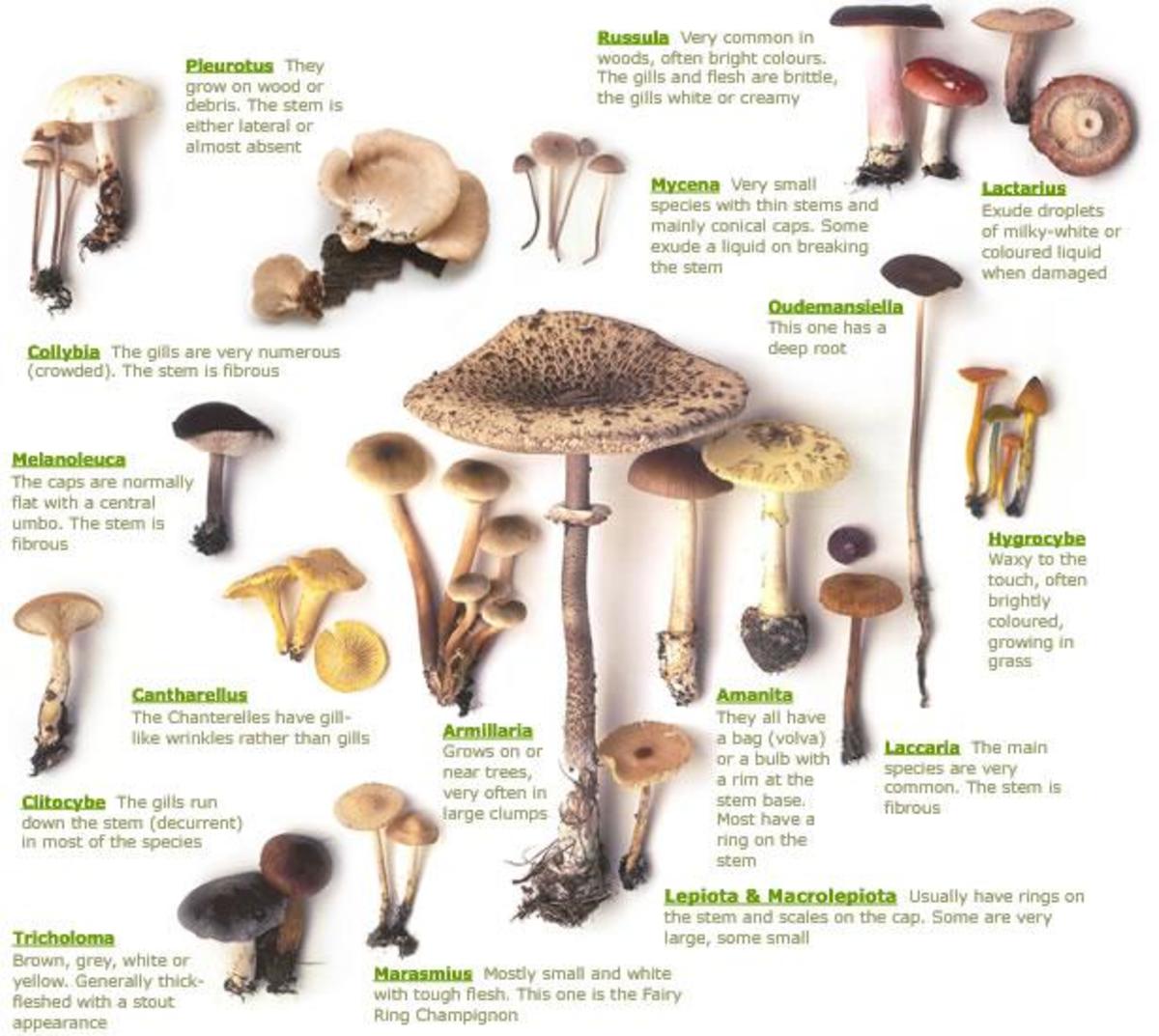
Types Of Poisonous Mushrooms HubPages
Resources for Mushroom Identification in Florida. There are many resources available to help you identify mushrooms in Florida, including guidebooks, online forums, and apps. One of the best resources for mushroom identification is the Florida Mycology Research Center, which provides a comprehensive list of Florida mushroom species, along with.

North Florida wild mushroom id. These look really cool Mushroom
No, nothing yet for mushroom identification. I did attend a "walk" with Green Dean from Eat the Weeds. He is a botanist who lives in FL and travels the state visiting state parks educating on "edible weeds". It was a fascinating walk/conversation. Since mushrooms grow where certain plants grow….
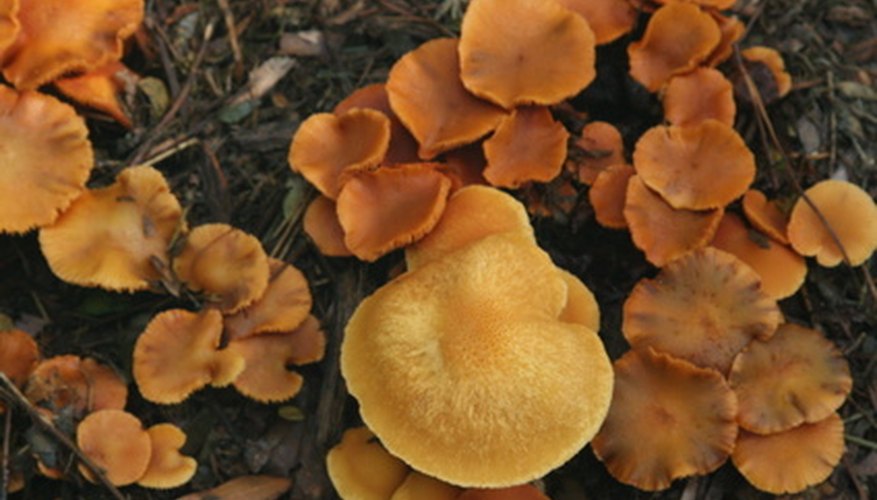
How to Identify Wild Mushrooms in Florida Sciencing
Field Mushroom ( Agaricus campestris) Specifications: The Field Mushroom has a white and pink cap, dark chocolate spores, narrow to broad white stalks that are brown, and deep pink and brown gills. This type of mushroom grows from late summer to early winter throughout the world, including Florida, Ireland, and Wales.

Central Florida Id Mushroom Hunting and Identification Shroomery
Shroom Hunting in Florida Would Appreciate Help . Mycotopia. [xi] (n.d.) Psilocybe mammillata (Murrill) A.H. Sm. The Global Fungal Red List Initiative. A list of common edible, poisonous and magic mushrooms found in Florida. This includes: Boletes, Psilocybin and the Deadly Galerina.

**The Official Florida Mushroom Season Thread 2016** Mushroom Hunting
Here is your quick introduction to a few tasty edible mushrooms you can easily identify in the Sunshine state. Here are some brief guidelines when identifying a mushroom: Season - The time of year you can find them. Cap - Top part of the stalk. Look for width, shape, and color. Underside of Cap - Look for pores, spines/teeth, gill-like.

A few Florida mushrooms Mushroom Hunting and Identification
Join Fungi Jon for a Fung Time in the Woods during Florida's mushroom season and join for in-depth workshops year-round. We host unique classes to immerse you in the world of mycology and bring you closer to understanding mushrooms. Fungi Jon believes in community mycology; we all have an impact to mycology by simply observing finds & sharing.
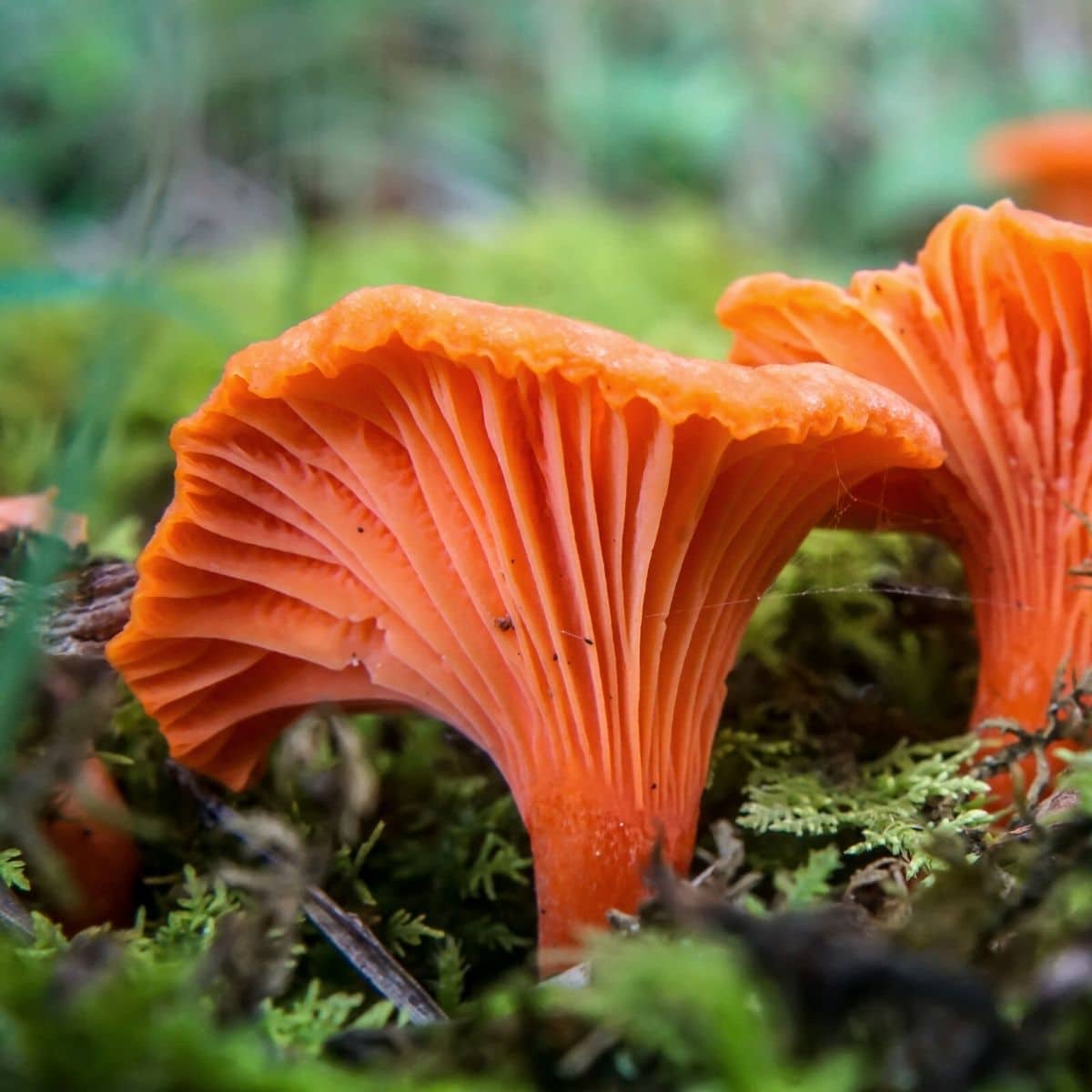
Identification Techniques Mushroom Appreciation
Florida Mushroom Identification. Identifying mushrooms in Florida yards can be a challenging task, with many species sharing similar characteristics. However, by paying attention to key features, you can avoid potentially toxic mushrooms and safely enjoy the delicious edible varieties.
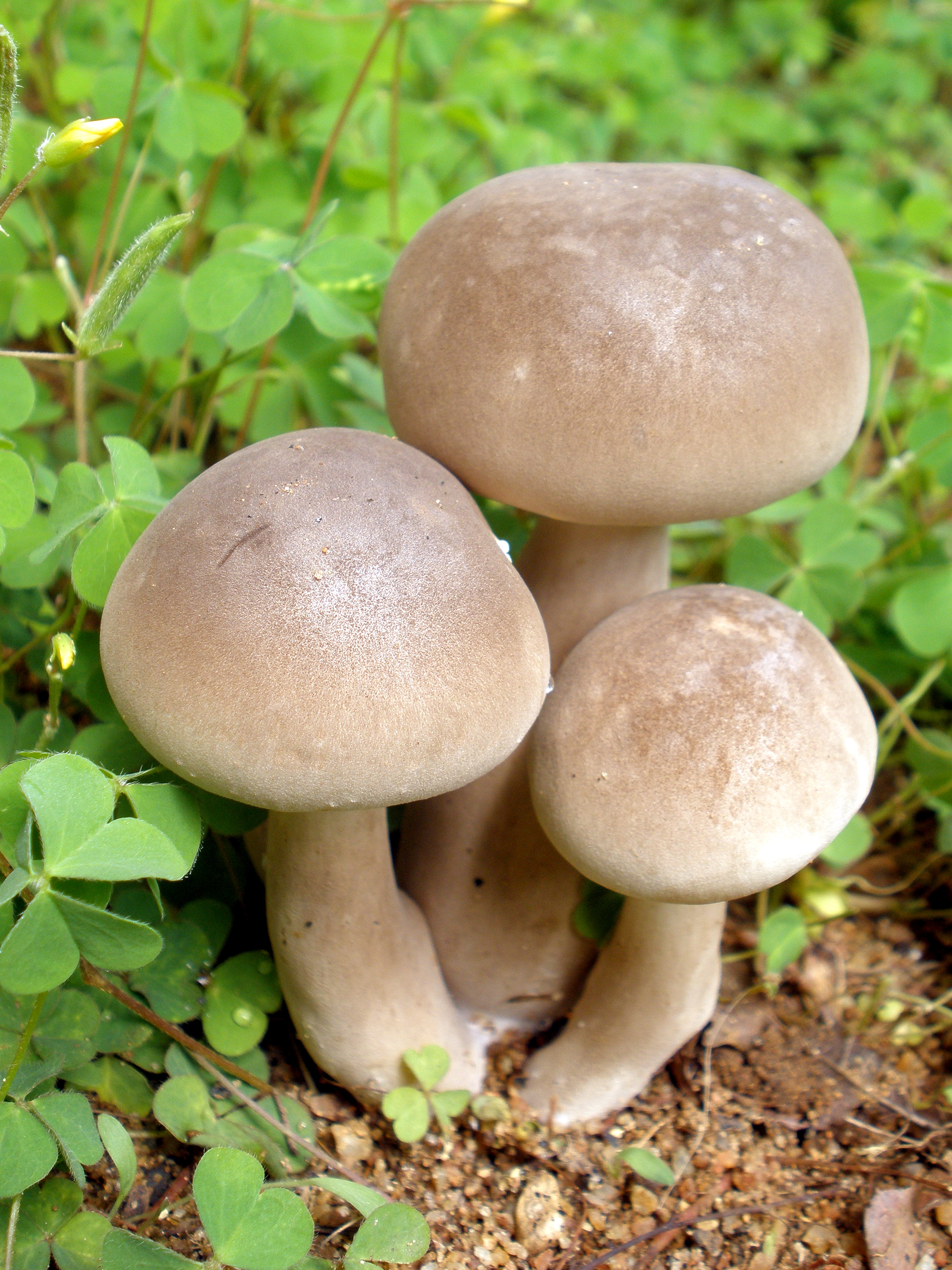
FileMushroom unidentified.jpg Wikipedia
Florida is a hotspot of biological diversity thanks to its subtropical climate and high precipitation. Mushrooms adapt well to conditions in this state's swamps, verdant lawns, and oak-dominant forests. When foraging in Florida, you will see mushroom species that don't grow in many other places in the United States.
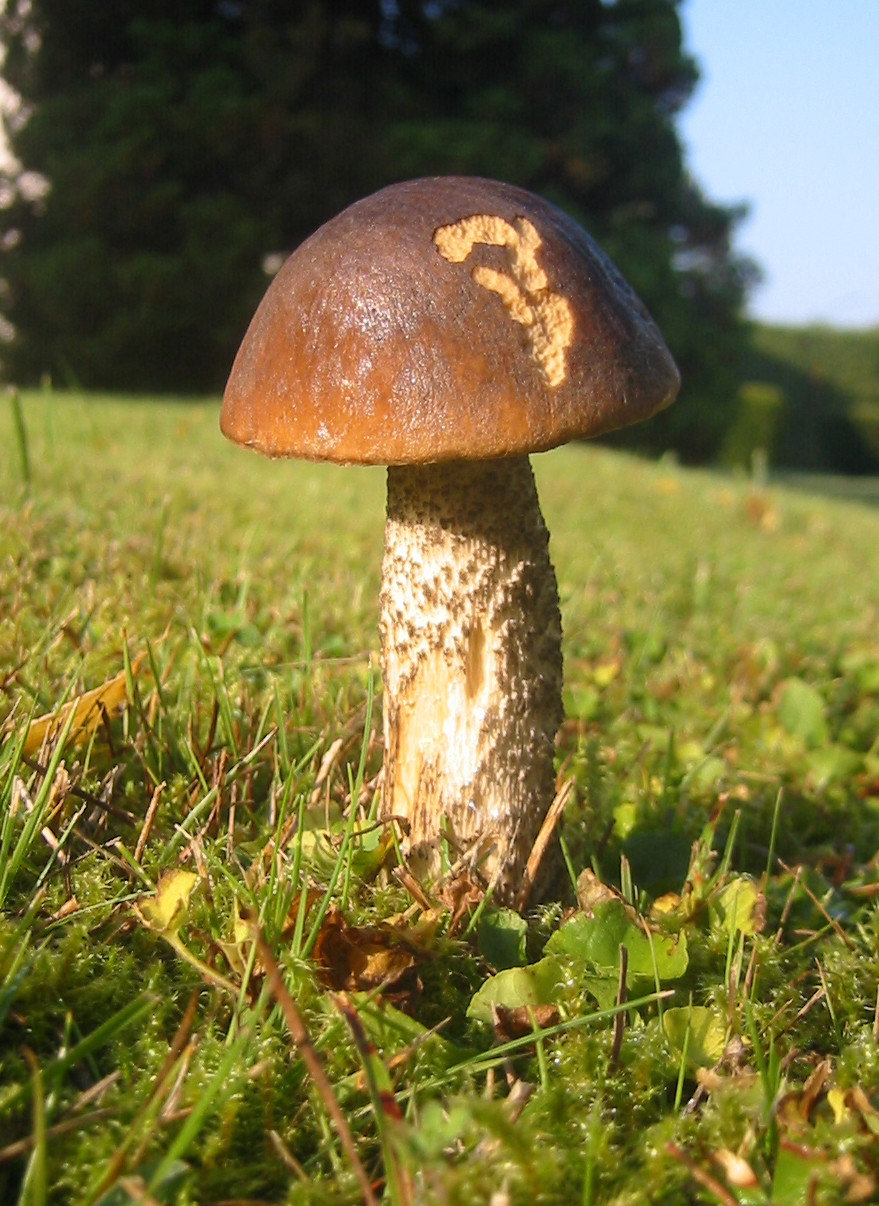
FileMushroom 02.jpg Wikimedia Commons
Not so fast, says Matthew Smith, a University of Florida fungi expert. "Florida has two 'seasons' of different fungi, at least," said Smith, a professor in the UF/IFAS plant pathology department and curator of the UF Fungal Herbarium. "Fruiting 'summer' mushrooms might appear anywhere from March to November, and then during the.
Looks like a Panaeolus
The Turkey-tail Mushroom is one of the most common mushrooms found in Florida. It is easily recognizable by its distinctive concentric rings of different colors, resembling the pattern on a turkey's tail feathers. The mushroom has a fan-shaped cap, with colors ranging from shades of brown, orange, and green.